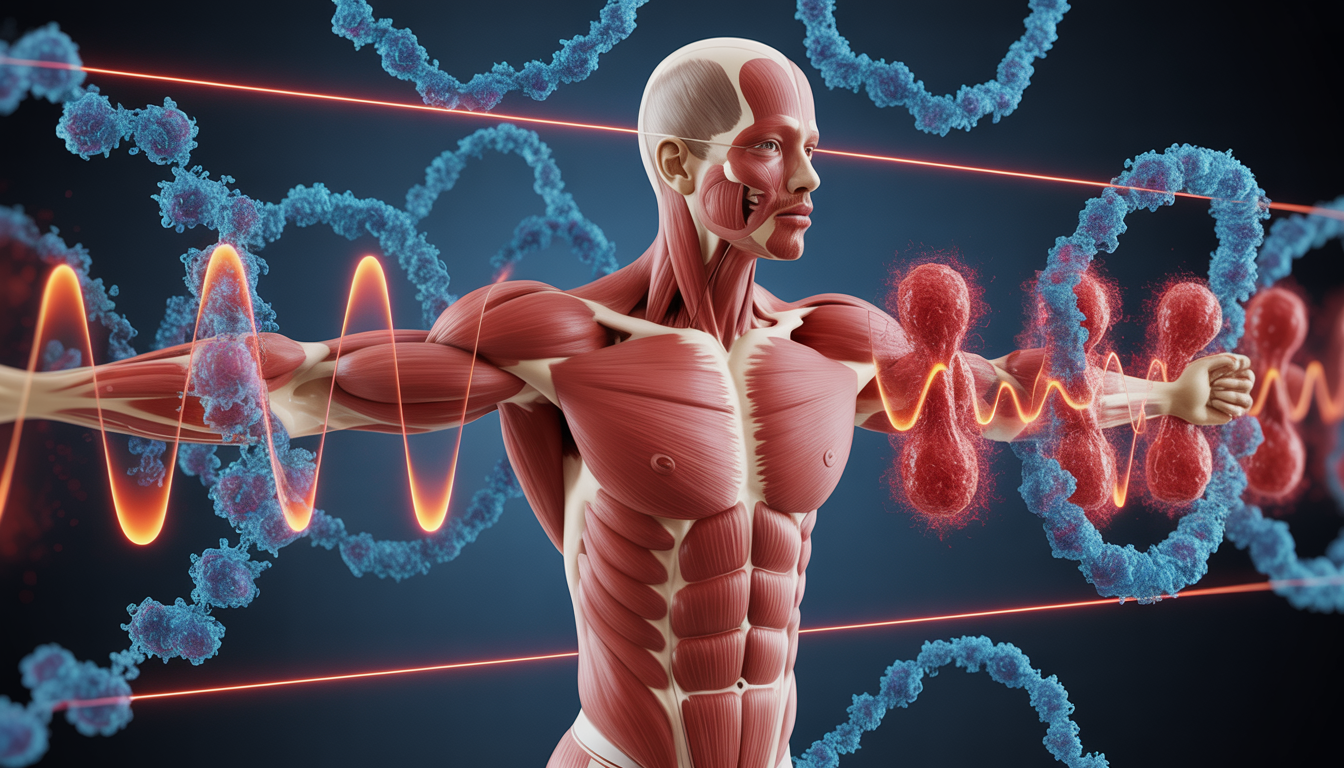


Advantages of Pre Workout Supplements
By Robert Schinetsky
Adenosine-5′-triphosphate (ATP) is the cellular currency of energy production and is involved in all aspects of biosynthesis in cells. The body’s stores of ATP, as well as its ability to rapidly replenish ATP, ultimately determine how well you can perform at a high level (and maintain that level of performance) all the while staving off the onset of fatigue.
Over the years, a number of supplements have been developed and researched in the hopes of improving the body’s ATP reserves. Perhaps the most effective and popular supplement is creatine monohydrate, which is the undisputed king of sports nutrition supplements. It improves energy production, hydration, athletic performance, lean mass gains, and muscle recovery. Creatine even supports cognitive function! The advantages of pre workout supplements like creatine include enhanced energy levels and improved muscle recovery.
Still, researchers (and supplement companies) have continued their quest to find other means of enhancing ATP levels in the body. Unfortunately, most supplements claiming to boost levels of ATP in the body have fallen short of expectations (even when using doses as high as 5,000 mg!), primarily due to a lack of ingredient bioavailability.[2,3,4,5]
However, one of the few ingredients that has shown promise is PeakATP.
Peak ATP is a patented, clinically-researched form of adenosine 5’-triphosphate (ATP) disodium that is identical in structure to human ATP. It has been studied in humans and found to increase ATP levels in the body and boost exercise performance.
Newly conducted research provides further evidence of the performance-enhancing effects of Peak ATP.[6]
The Study
The study, which was presented at a recent meeting of the International Society of Sports Nutrition (ISSN), was designed as a three-arm, randomized, placebo-controlled trial investigating three different dosages of PEAK ATP:
● 100mg
● 200mg
● 400mg
20 resistance-trained men participated in the study, and there was a one week washout period between arms.
At the conclusion of the study, researchers noted a significant effect at the 400 mg dose. Specifically, the individuals receiving 400mg of PEAK ATP lifted ~13% more weight in the single repetitions meant to test peak power and completed ~7% more repetitions in the portion of the test designed to assess the ingredient’s effects on muscular endurance.
In an interview with NutraIngredients-USA, Dr Jaeger commented:
“When it comes to athletic performance, the acute dose needed is 400 mg. However, even as little as 100 mg showed an effect on how exerted athletes feel during workouts. This could translate into meaningful benefits on strength, power and muscle mass during a chronic training program, as it indicates that athletes can work out harder and more frequently, and consequently could see faster training adaptations,” Dr Jaeger told NutraIngredients USA.[1]
What this means is that PEAK ATP may not only offer short-term acute benefits at the previously researched 400mg dose, it may also offer benefits for chronic low dose supplementation (100mg/day).
These findings support previous work conducted by Jaeger and colleagues which found that the same 400mg dose of PeakATP improved blood flow to muscles during and/or after exercise[6]. The same study noted that extracellular ATP (such as PEAK ATP) stimulates vasodilation by binding to endothelial ATP-selective P2Y2 receptors, which the researchers believe is accelerated during exercise. The peak atp benefits are evident in enhanced blood flow and performance enhancement during workouts.[6]
As you’re probably aware, increased blood flow may enhance the delivery of oxygen and nutrients to the muscle as well as accelerate the removal of waste products from trained muscles, thereby enhancing the recovery process.
Not only can PEAK ATP help improve performance, it also has a high safety profile. Animal studies have used human-equivalent doses up to 1600mg with no noted adverse effects.[6]
Advanced Molecular Labs PreWorkout Xtreme supplies the full research-backed dose of 450mg PEAK ATP in every serving. This pre workout supplement is designed for those seeking pre workout energy and performance enhancement.
As with all of our products, AML uses only the best ingredients that are backed by quality research studies.
In addition to PEAK ATP, PreWorkout Xtreme carries over many of the same well-studied ingredients from our flagship PreWorkout supplement, including:
● 5 grams creatine monohydrate
● 3.2 grams beta alanine
● 2.5 grams betaine anhydrous
● 400mg caffeine
● 100mg p-synephrine
● 2,000mg L-Tyrosine
● 10,000mg Citrulline Malate
● 1,000mg potassium (from citrate)
Essentially, PreWorkout Xtreme delivers all the hallmark features you want in a pre workout supplement but ratchets things up to the xtreme, meaning:
● More energy
● More performance
● More focus
● More pumps
The pre workout supplement benefits include increased energy, improved focus, and enhanced muscular pumps, making it a healthy pre workout choice for athletes and fitness enthusiasts.
Click here to learn more about AML PreWorkout Xtreme and why it’s a cut above any other “hardcore” pre workout supplement.
References
- https://www.nutraingredients-usa.com/Article/2021/11/03/Study-finds-single-dose-of-ATP-ingredient-boosts-muscular-power-endurance
- Arts, I.C., Coolen, E.J., Bours, M.J. et al. Adenosine 5′-triphosphate (ATP) supplements are not orally bioavailable: a randomized, placebo-controlled cross-over trial in healthy humans. J Int Soc Sports Nutr 9, 16 (2012). https://doi.org/10.1186/1550-2783-9-16
-
Coolen EJ, Arts IC, Bekers O, Vervaet C, Bast A, Dagnelie PC. Oral bioavailability
of ATP after prolonged administration. Br J Nutr. 2011;105:357–66 - Herda TJ, Ryan ED, Stout JR, Cramer JT. Effects of a supplement designed to increase ATP levels on muscle strength, power output, and endurance. J Int Soc Sports Nutr. 2008;5:3.
- Jordan AN, Jurca R, Abraham EH, Salikhova A, Mann JK, Morss GM, Church TS, Lucia A, Earnest CP. Effects of oral ATP supplementation on anaerobic power and muscular strength. Med Sci Sports Exerc. 2004;36:983–90
Jäger, R., Roberts, M.D., Lowery, R.P. et al. Oral adenosine-5’-triphosphate (ATP) administration increases blood flow following exercise in animals and humans. J Int Soc Sports Nutr 11, 28 (2014). https://doi.org/10.1186/1550-2783-11-28






